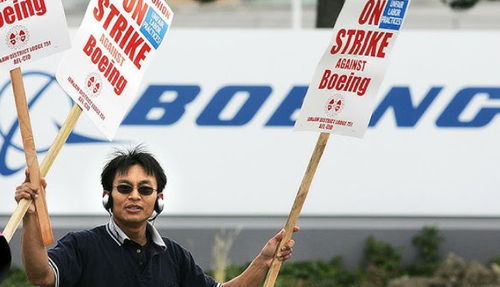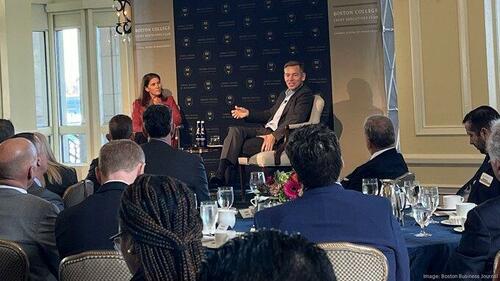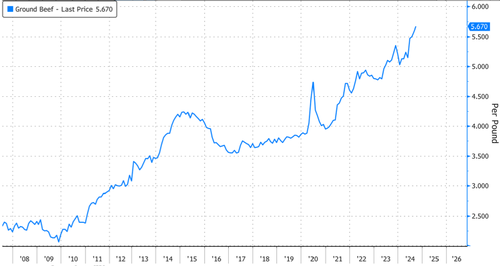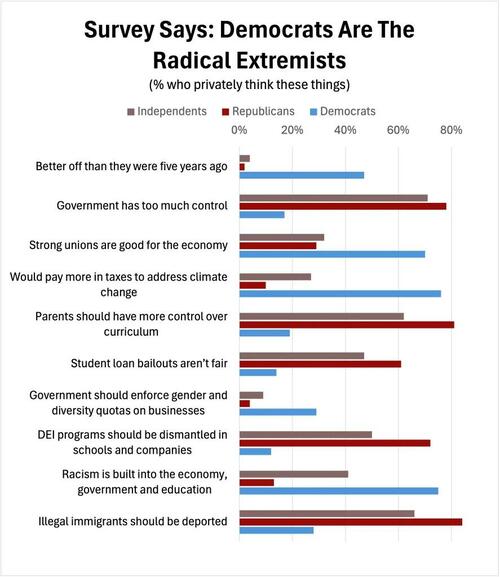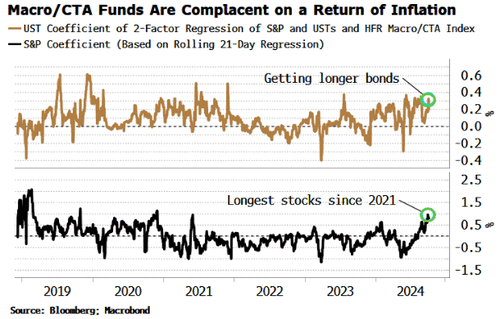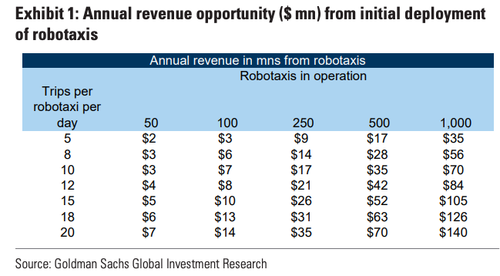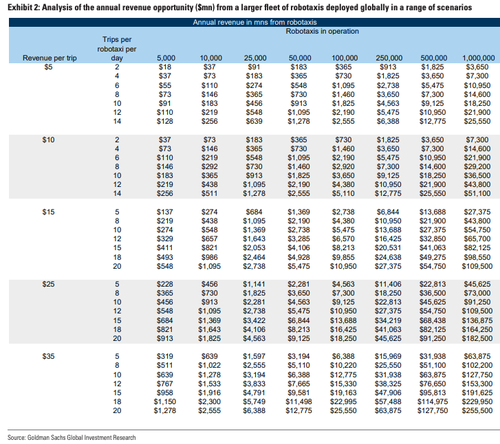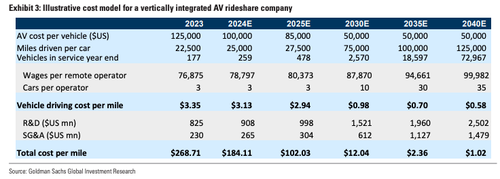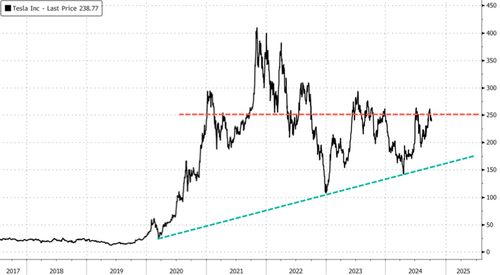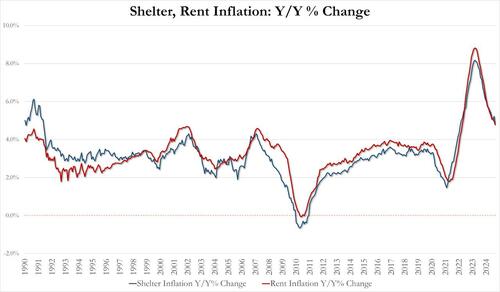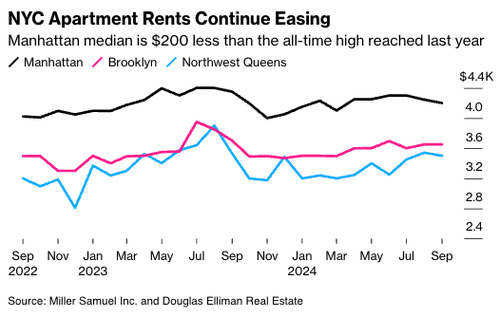Adversarial Process Or Oppo Research? Judge Agrees To Release More Trump Material Before The Election
It appears that U.S. District Judge Tanya Chutkan and Special Counsel Jack Smith are not done yet in releasing material in advance of the election. In a previous column, I criticized the release of Smith’s 180-page brief before the election as procedurally irregular and politically biased, a criticism shared by CNN’s senior legal analyst and other law professors. Nevertheless, on Thursday, Judge Chutkan agreed to a request from Smith to unseal exhibits and evidence in advance of the election.
The brief clearly contains damning allegations, including witness accounts, for Trump.
The objection to the release of the brief was not a defense of any actions taken on January 6th by the former president or others, but rather an objection to what even the court admitted was an “irregular” process.
As discussed earlier, Smith has been unrelenting in his demands for a trial before the election. He has even demanded that Donald Trump be barred from standard appellate options in order to expedite his trial.
Smith never fully explained the necessity of holding a trial before the election beyond suggesting that voters should see the trial and the results — assaulting the very premise of the Justice Department’s rule against such actions just before elections.
To avoid allegations of political manipulation of cases, the Justice Department has long followed a policy against making potentially influential filings within 60 or 90 days of an election. One section of the Justice Department manual states “Federal prosecutors… may never select the timing of any action, including investigative steps, criminal charges, or statements, for the purpose of affecting any election.”
Even if one argues that this provision is not directly controlling or purely discretionary, the spirit of the policy is to avoid precisely the appearance in this case: the effort to manipulate or influence an election through court filings.
With no trial date for 2025, there is no reason why Smith or Chutkan would adopt such an irregular process. The court could have slightly delayed these filings until after the approaching election or it could have sealed the filings.
If there is one time where a court should err on the side of avoiding an “irregular” process, it is before a national election. What may look like simply an adversarial process to some looks like oppo research to others. Delaying the release would have avoided any appearance of such bias.
For Smith, the election has long been the focus of his filings and demands for an expedited process. Smith knows that this election is developing into the largest jury verdict in history. Many citizens, even those who do not like Trump, want to see an end to the weaponization of the legal system, including Smith’s D.C. prosecution. Trump has to lose the election for Smith to be guaranteed a trial in the case.
Chutkan has given the Trump team just seven days to oppose her order. That would still allow the material to make it into the public (and be immediately employed by the media and Harris campaign) just days before the election. The move will only increase criticism that this looks like a docket in the pocket of the DNC.
It is telling that, once again, the timing just works out to the way that is most politically impactful. Many are left with a Ned Flanders moment of “well, if that don’t put the “dink” in co-inky-dink.”
Tyler Durden
Fri, 10/11/2024 – 13:25
via ZeroHedge News https://ift.tt/yEWnHML Tyler Durden

